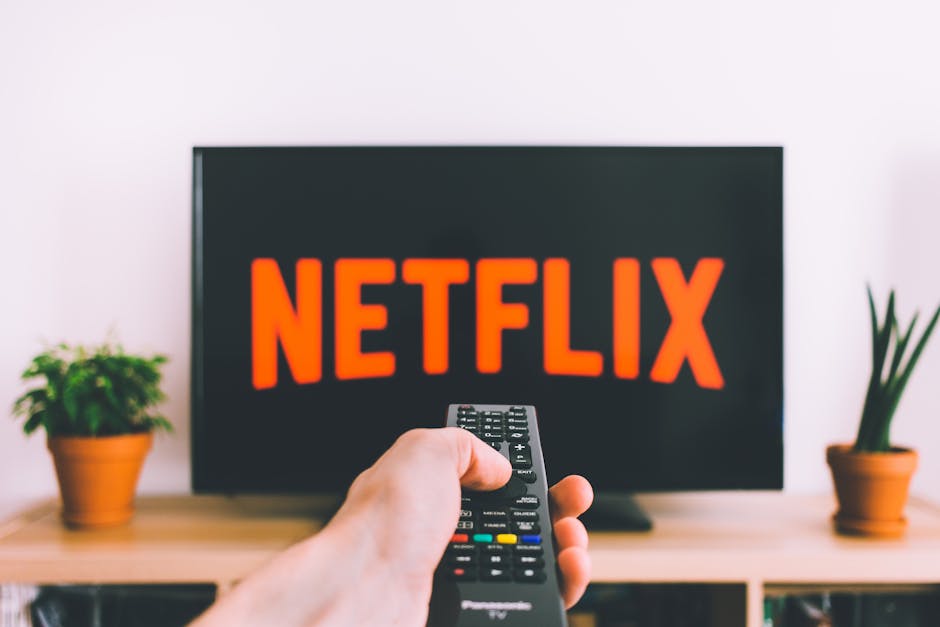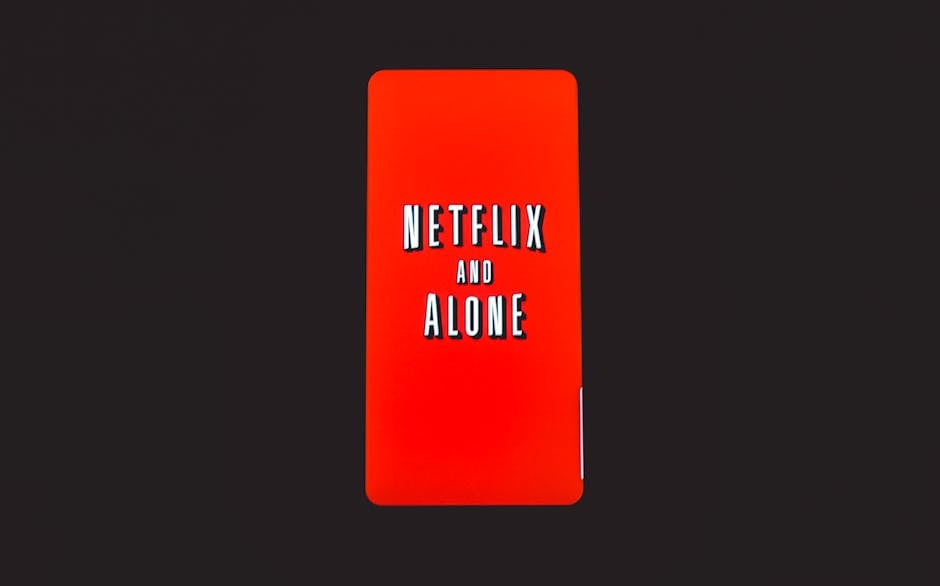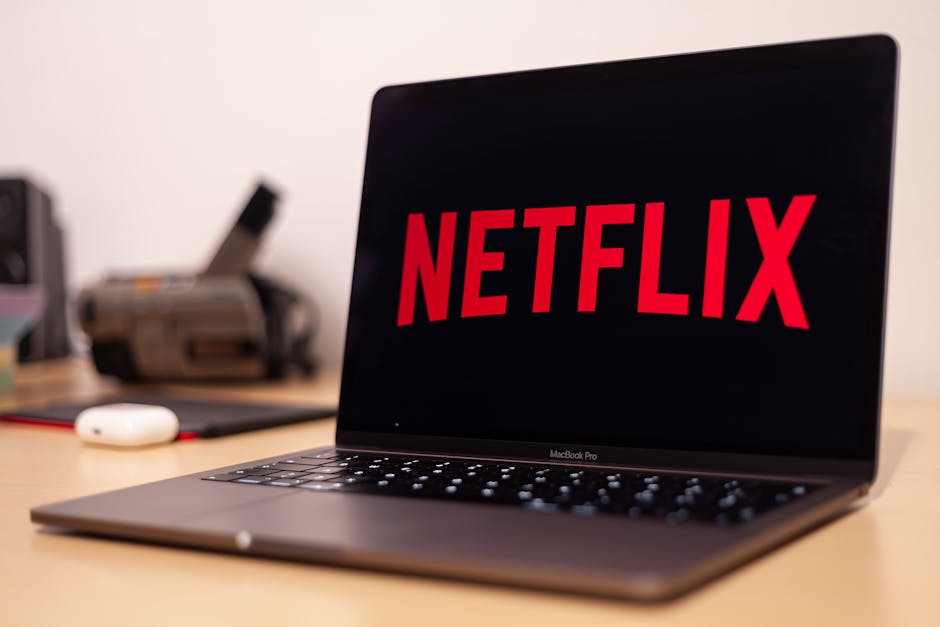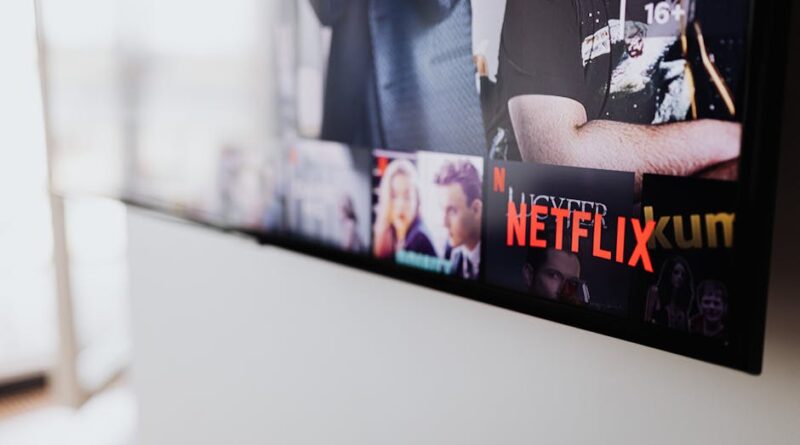Unlocking the World of Subscription-Based Streaming
Imagine having access to an endless library of movies, TV shows, music, and more, all at the touch of a button. This is the reality of subscription-based streaming services, a revolution in entertainment consumption that has transformed the way we watch, listen, and engage with content. From Netflix to Spotify to Disney+, these platforms offer a plethora of options for users to enjoy their favorite media on demand. In this article, we will delve into the world of subscription-based streaming, exploring its history, impact, controversies, and what the future holds for this booming industry.
The Rise of Subscription-Based Streaming

Subscription-based streaming services have come a long way since their inception. The first major player to enter the scene was Netflix, which initially started as a DVD rental service before transitioning to a streaming platform in 2007. This move marked the beginning of a new era in entertainment, where viewers could binge-watch entire seasons of their favorite shows without commercial interruptions.
Other streaming services soon followed suit, with Hulu, Amazon Prime Video, and HBO Now entering the market. The convenience of being able to watch content on multiple devices, anytime and anywhere, quickly caught on with consumers. As internet speeds improved and smartphones became ubiquitous, the popularity of streaming soared, making it the go-to choice for many entertainment seekers.
The Impact of Subscription-Based Streaming

The impact of subscription-based streaming on the entertainment industry cannot be overstated. Traditional cable TV providers have seen a decline in subscribers as more people cut the cord in favor of streaming services. This shift has forced networks and studios to adapt to the changing landscape, with many now creating original content exclusively for streaming platforms.
Moreover, the rise of streaming has led to a democratization of content, allowing smaller indie filmmakers, musicians, and artists to reach a global audience without the need for a big studio or record label. This has resulted in a more diverse range of voices and stories being told, enriching the cultural fabric of our society.
The Controversies Surrounding Subscription-Based Streaming

Despite its many benefits, subscription-based streaming has not been without its fair share of controversies. One of the major concerns is the issue of content fragmentation, where users have to subscribe to multiple services to access all the content they want. This has led to a phenomenon known as subscription fatigue, where consumers feel overwhelmed by the sheer number of options available.
Another contentious issue is the impact of streaming on the environment. The data centers that power these services consume a significant amount of energy, contributing to carbon emissions and environmental degradation. Some companies have taken steps to address this by investing in renewable energy sources, but more needs to be done to mitigate the environmental impact of streaming.
The Future of Subscription-Based Streaming

Looking ahead, the future of subscription-based streaming is filled with both opportunities and challenges. With the proliferation of 5G technology, streaming services will be able to deliver higher-quality content to users on the go, further blurring the lines between traditional TV and streaming. The rise of virtual reality and augmented reality also presents exciting possibilities for immersive entertainment experiences.
At the same time, the industry faces growing competition from new players entering the market, such as Apple TV+ and Peacock. As the battle for subscribers heats up, we can expect to see more exclusive content deals, innovative pricing models, and technological advancements to stay ahead of the curve.
Common Misconceptions About Subscription-Based Streaming
One common misconception about subscription-based streaming is that it is always cheaper than cable TV. While it’s true that streaming services offer a wide range of options at various price points, subscribing to multiple platforms can quickly add up and end up costing more than a traditional cable package.
Another misconception is that streaming services have completely replaced physical media like DVDs and CDs. While physical media sales have declined in recent years, there is still a market for collectors and enthusiasts who prefer to own their favorite movies or albums in a tangible format.
Conclusion
To wrap things up, subscription-based streaming has revolutionized the way we consume entertainment, offering unparalleled convenience and choice to users around the world. From Netflix to Spotify to Disney+, these platforms have become an integral part of our daily lives, shaping our cultural experiences and preferences. As the industry continues to evolve, it will be fascinating to see how streaming services adapt to changing consumer demands and technological advancements. Whether you’re a casual viewer or a hardcore cinephile, there’s no denying the impact that subscription-based streaming has had on our modern world.
So, the next time you settle in for a movie night or queue up your favorite playlist, take a moment to appreciate the incredible journey that has brought us to this golden age of streaming. And remember, the power to immerse yourself in a world of entertainment is just a subscription away.




